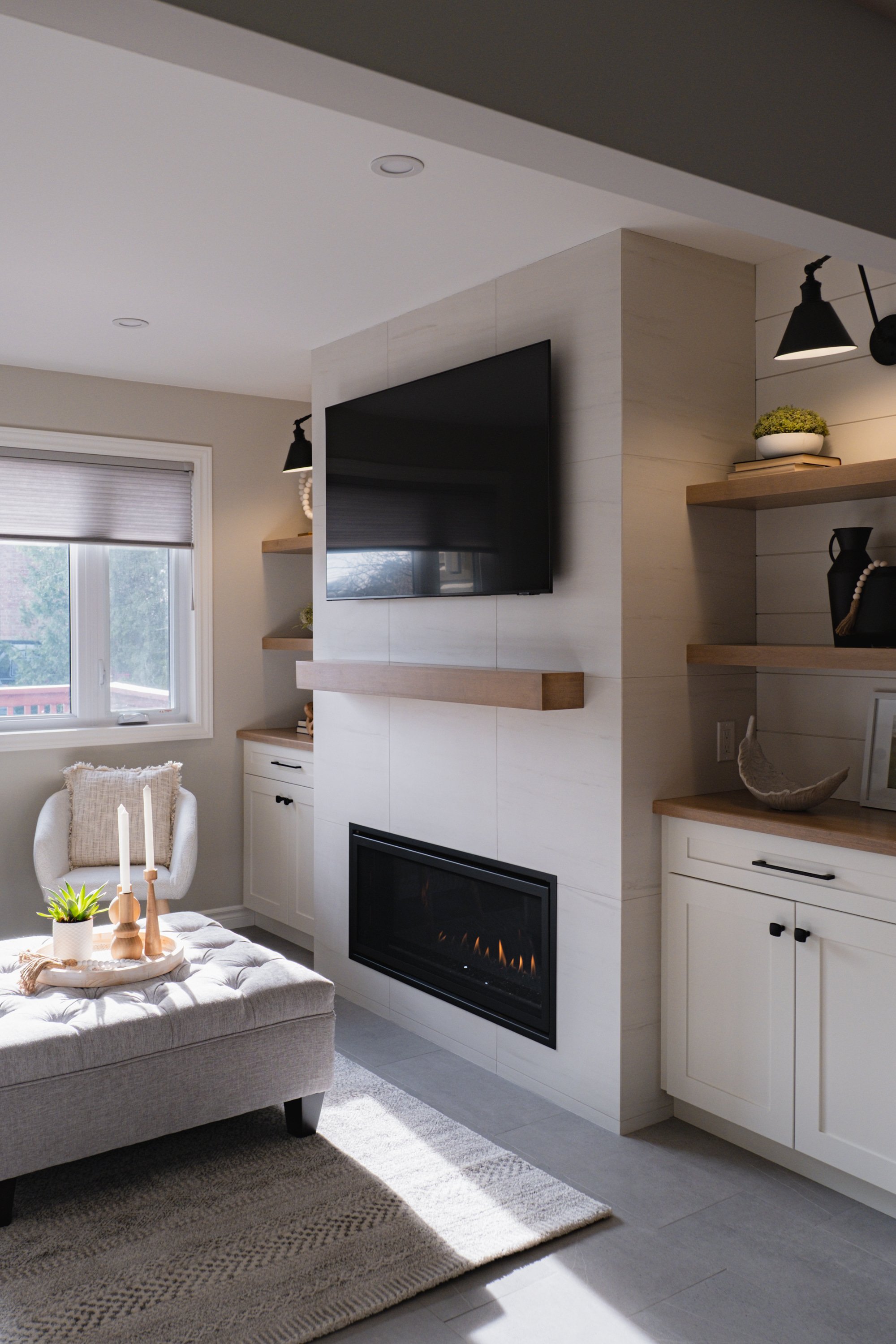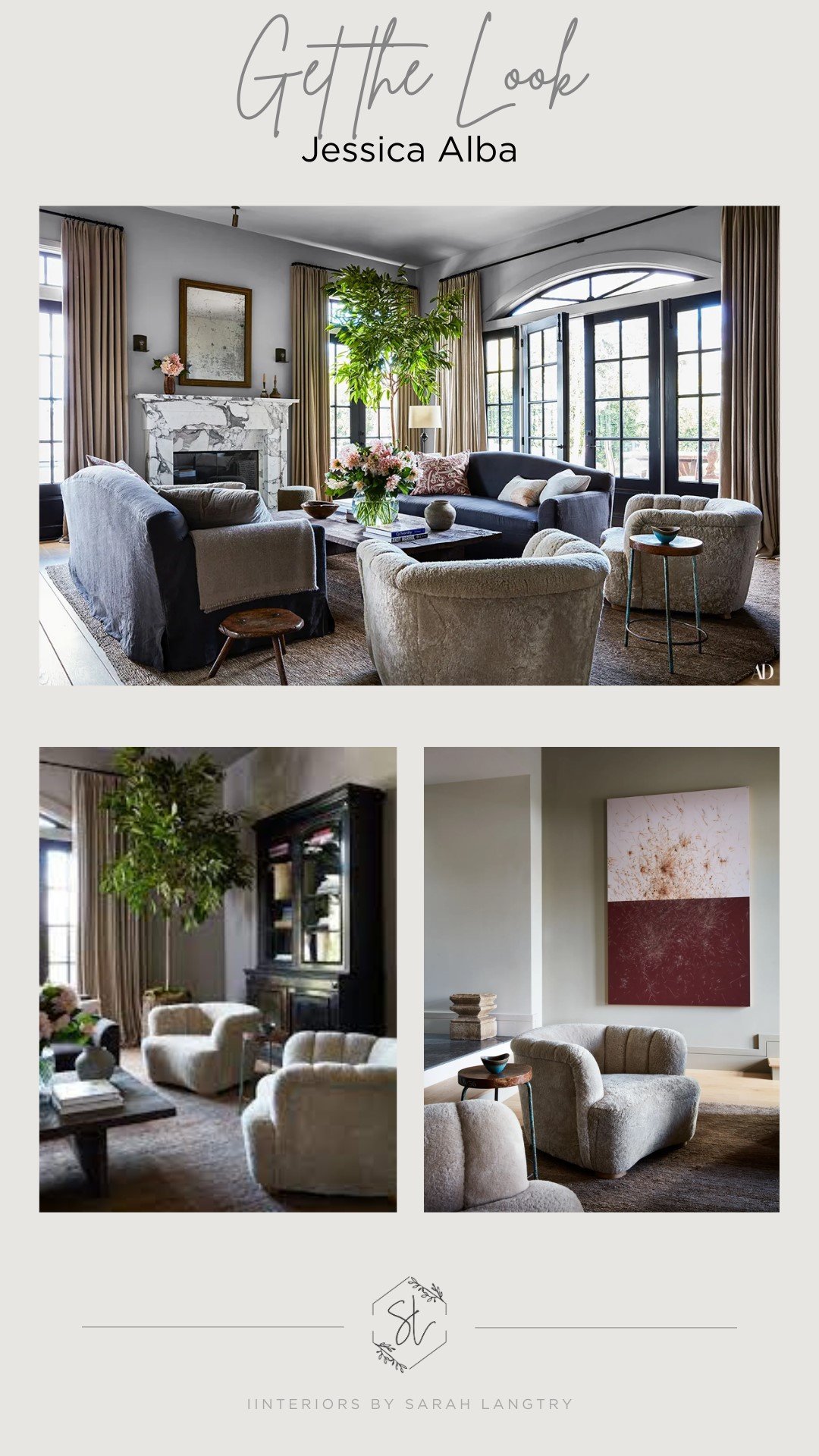Sustainable living and eco-friendly design is becoming more and more important every day and has influenced the way we think about design. Being eco-friendly has so many benefits not only the world, but your health and your interiors spaces. If you’re interested in eco-friendly interiors, keep reading for tips on what you can do to create a more friendly home.
Let’s start by replacing all the lightbulbs and/or light fixtures in your home with LED options. LED lighting consumes substantially less energy than your typical incandescent lightbulbs. This is not only good for the environment, but the energy savings will cost you much less in the long run.
Let the fresh air in! Indoor/outdoor spaces and incorporating plants in your design is one of the easiest ways to create to recycle the air in your home while creating visual interest at the same time!
Adding more windows is also great way to bring in more fresh air as well as natural light, reducing the need to use electricity to light the space. Your space will instantly feel bigger, brighter and cleaner with more greenery and natural light.
Natural materials are sustainable way to go. Untreated wood and natural stone are a beautiful eco-friendly design choice. Other natural and sustainable materials you could leave towards are bamboo, cork, or even concrete. Concrete floors are naturally heating and cooling.
An eco-friendly design trend that is becoming more and more popular these days, is biophilic design. Biophilic design is the idea of connecting nature with design, in interiors or with architecture. Ways that you can implement biophilic design into your home are green roofs, plants, indoor/outdoor spaces or living walls. Other easy ways to implement biophilic design is through colours from nature and natural materials.
Renewable energy is another way for you to implement eco-friendly design to power your home. Wind, solar, hydroelectric, geothermal, and biomass are all examples of renewable energy.
Do you already incorporate eco-friendly design into your home, or is this something you would like to do more of? Small steps lead the way to big change when it comes to designing with our environment in mind and creating a healthier home for you and your family.
Hi! I'm Sarah
By combining style + function, I can help you create a home for your family that is both lovely and livable.


















